Focal points and Gordon Whistance interview,Podcast show notes S8 ep3

Hello and welcome to my show notes for episode 3 of the Great Indoors. A huge thanks to Neptune for sponsoring and supporting the series and of course our lovely listeners, you can catch the full episode here.
On today’s episode, we cover all aspects of creating a focal point within a room (on which I get to educate Kate on the subject!) and we chat with DIY SOS designer, Gordon Whistance, about how to make a stylish home for those with disabilities that require specialist and accessible design solutions.
Focal points
When I design a room, first I think about the mood, colours and patterns, but I quickly move on to what will be the focal point when it comes to the layout. It can be a whole manner of things but the headline here is to really think about it, consider that you need one, as it brings the whole room together. When you walk into a space it’s nice that the eyes are drawn to something – ideally across the other side of the room. This could be am arresting colour, for example a bold colourful armchair, that draws the eye across to the room helping to create depth.
So while you can use colour to draw the eye, the other trick is to use scale. Kate’s enormous palm tree floor lamp is a great example. Yes, I am a maximalist but I know when to stop – when it comes to focal points you don’t want too many things fighting for attention as they can cancel each other out. Whist you may want to show off a particular piece of artwork or furniture you could also ask yourself what is the room’s best feature and how can you make that the focal point. Here are some pointers:
- If you have an amazing view outside, you may want to draw attention to the window with some fabulous curtains – or alternatively, as Kate suggests, paint the window frame a strong colour to draw the eye.
- If you have a splendid mantlepiece, accentuate it with some artwork or hang a gorgeous mirror over the top to celebrate this area.
- For a more ordinary mantlepiece, wallpaper the alcoves in a strong colour or pattern to take the eye away from the fact the fireplace and surround are not the star of the show.
- Bedrooms are easy, as you can quite easily make the bed the focal point. If you have a plain bed without a bedhead you can paint or wallpaper behind it.
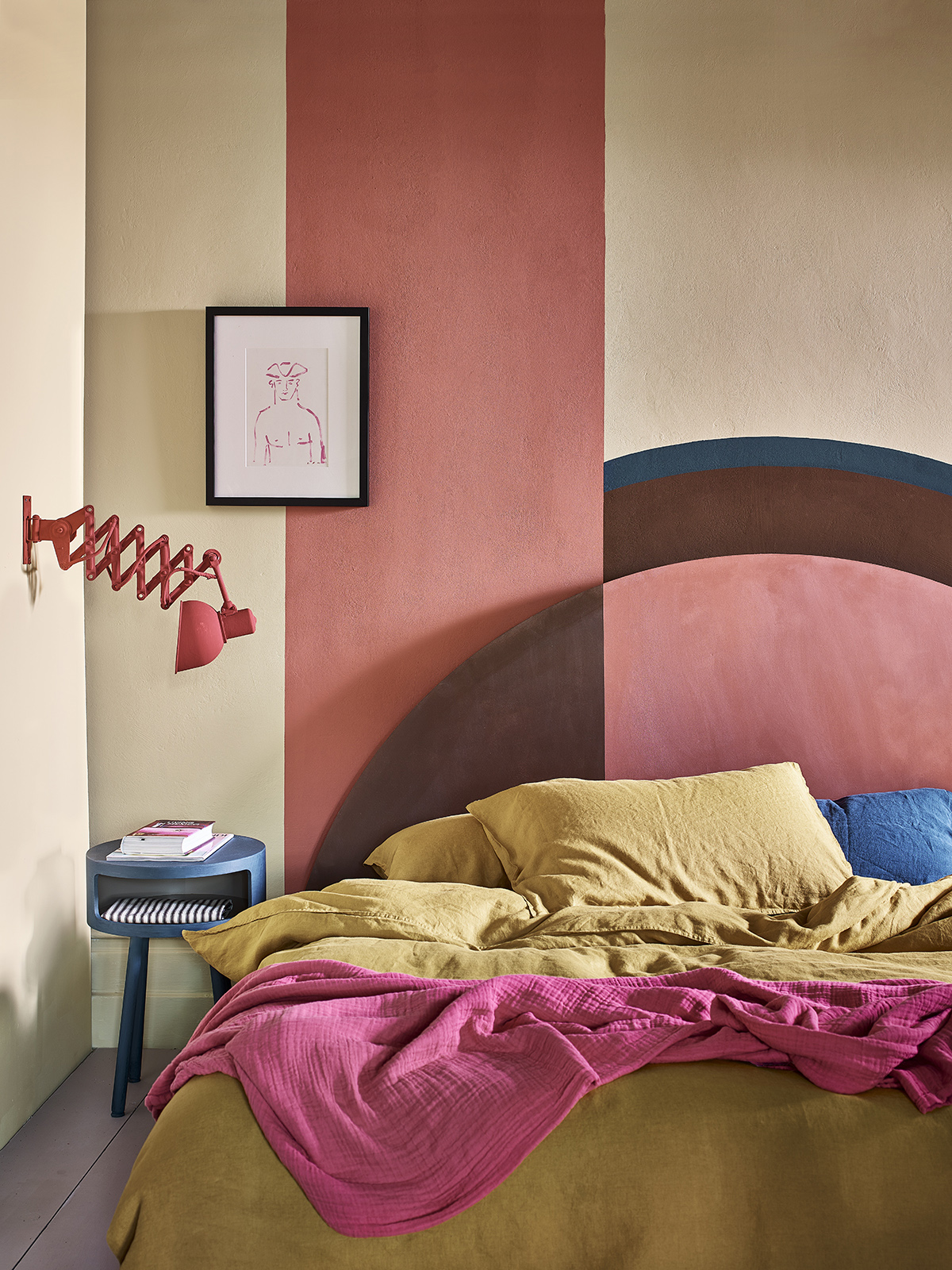
Annie Sloan knows a thing or two about paint effects. Bedroom Wall Paint in Old Ochre, Honfleur and Scandinavian Pink chalk paint.
The Kitchen – there’s a lot going on so what can be the focal point in the hub of the home? If you’re lucky enough to own a stove like an Aga you may want to show it off, and why on earth not! However, consider that the kitchen island may not be something to highlight as this tends to be a more practical piece rather than a decorative one. I for one love my little seating corner and with the colourful cushions against the Rabarber wallpaper by Boråstapeter, it certainly packs a punch. Or how about some artwork? Despite Kate’s reservations of placing art in the bathroom or kitchen, as long as you have some form of ventilation or extractor fan you’re good to go. I based my whole bathroom scheme around a rather special piece of art so keep an eye out for the reveal coming soon!
If you want to show us your focal point triumphs do get in touch on Instagram where I’m @sophierobinsoninteriors and Kate is @mad_about_the_house and of course don’t forget our very resourceful Facebook group.
Interview with Gordon Whistance

I worked with Gordon on a DIY SOS Children in Need special – what an incredible project to be involved in!
We’ve been thinking about specialist design and how it can combine beautiful form with practical function. This conversation was inspired partly by Vicki of @wheelchichome and Jo of @wheelieliving who make their homes work for them and look gorgeous too.
Someone who knows all about marrying design, form and function is interior designer Gordon Whistance, who I’ve had the pleasure of working with on BBC’s DIY SOS. Gordon has been the Design producer for the show for the past six years and there is nothing he doesn’t know about this subject. It was a good time to chat with him as the show recently won a special BAFTA in recognition for their outstanding creative contribution to television.
So we rolled out the virtual red carpet for the award-winning Gordon.
How do you pull off an extraordinary big build in just nine days?
“When you get so many people wanting to do the same and pulling together, that’s a massive thing in itself. We get many people saying that ‘you can’t do a good job and you must take short cuts’ but we don’t, it just means that we can get everyone inside at the same time.
For those of you who don’t know what DIY SOS is all about:
“It’s a safety net in many ways for families and charities that have nowhere else to go. We get inundated with stories of those who have tried everything, there’s a disability in the family and this is our last chance to transform our home that we just simply live in. We then sift through the applications that we know we can help. The problem with working with any time of specialist interior is that there are often so boring and look like hospital rooms. So our goal is to give families and charities a space that they flourish in and one that doesn’t feel specialist or different in any way.”

This is part of the house I designed for Johanna and support worker partner William who live in a small terraced home in Bromsgrove on the outskirts of Birmingham and Johanna’s sister Karis, who has Cerebral Palsy, uses a wheelchair and is in need of constant care. You can see the full redesign here.
“Within these beautiful designs, there are some clever solutions, for instance, underfloor heating is a simple thing and it just means that if someone has a disability and they fall they won’t burn themselves on a radiator. If someone can’t get into a bath we do a hoist, but we’ll try and disguise it slightly or if someone, including carers, can’t bend over we can put rise and fall baths in.
I know you work with an occupational therapist from the start, and there doesn’t seem to be one blueprint design – each project is specific, is that right?
“They are very specific, otherwise why would we do it! If we’re doing something non-specific it would just become a hospital bedroom because they are generic solutions for generic issues. We have specific solutions, not just for the person with a disability but for the carers too. I ask for two lists: 1. What is it the family critically must have, and this can be to literally keep someone alive. 2. What would be fantastic if they could have it?
“A really key part of what we do is bringing the family together and making sure no-one feels ostracized and to make it work for everybody – as a family.”

The Ratcliffe family adopted four children, three of whom had very demanding specialist needs. This is young Curly’s room which included a motorised bed, heaps of storage for all his medical supplies, and an advanced air purification system.
Have you got a favourite project you’ve done over the last 6 years?
“It feels like an obvious answer but it’s true, each one is brilliant in their own way. I’ve never regretted a build or thought one should never have happened but the stand-out ones for me are a couple of very big ones. We did the build under the Westway, London for the Grenfell community and it was a huge achievement and we are very proud of it. We did one on Canada Street which was revamped for ex-military personnel which was over a couple of years which was fantastic. The two stand-out homes were the Isle of Sheppy, two wonderful guys with four fantastic kids (Ratcliffe family) all with some special needs which we did with you Sophie and I think we created something extraordinary for them. The other stand-out one was a guy called Ben who had a tragic accident whilst on holiday which left him paralysed from the neck down and he was about to embark on doing to his house and inevitably that would never happen for him. So we stepped in and added two enormous extensions, redesigned and reconfigured the house so that he could be with his family.”

This Kitchen we designed for wheelchair user Amanda Worne features a rise and fall worktop, enabling Amanda to once again cook for herself and her family.
Huge thanks to Gordon and for creating a recording den under his desk to chat with us, our fabulous sponsor Neptune and our producer Kate Taylor for making things happen.


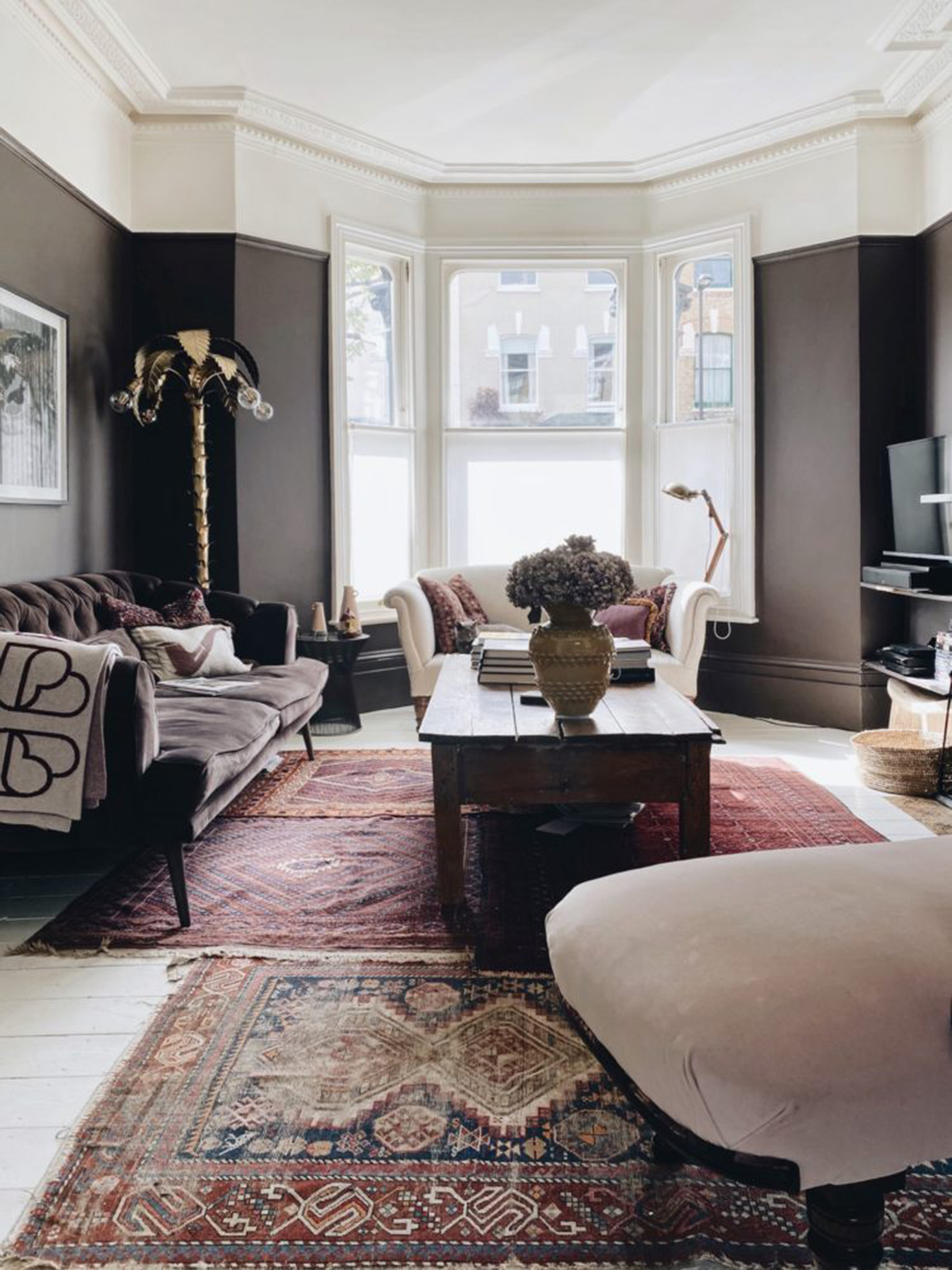
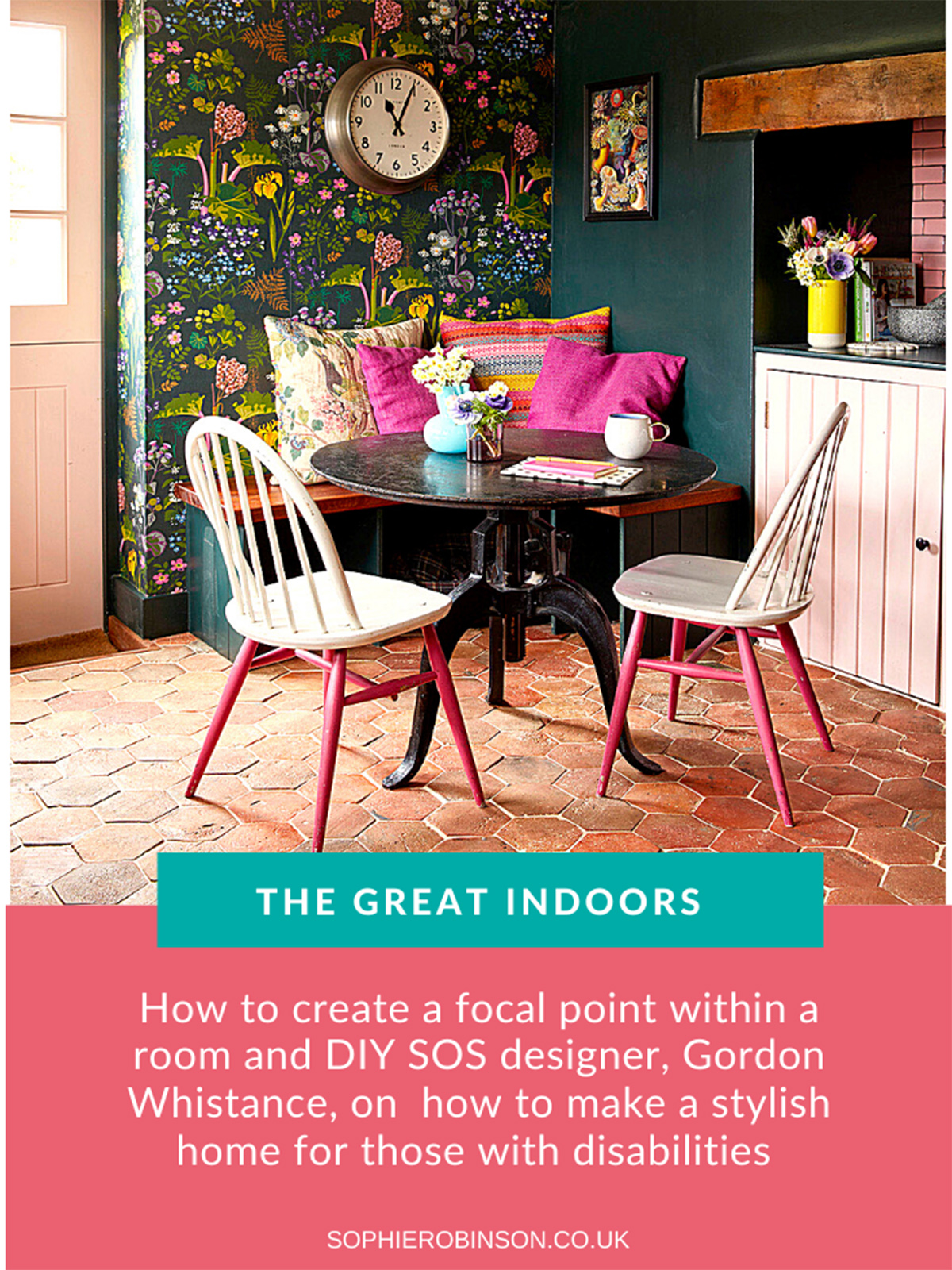



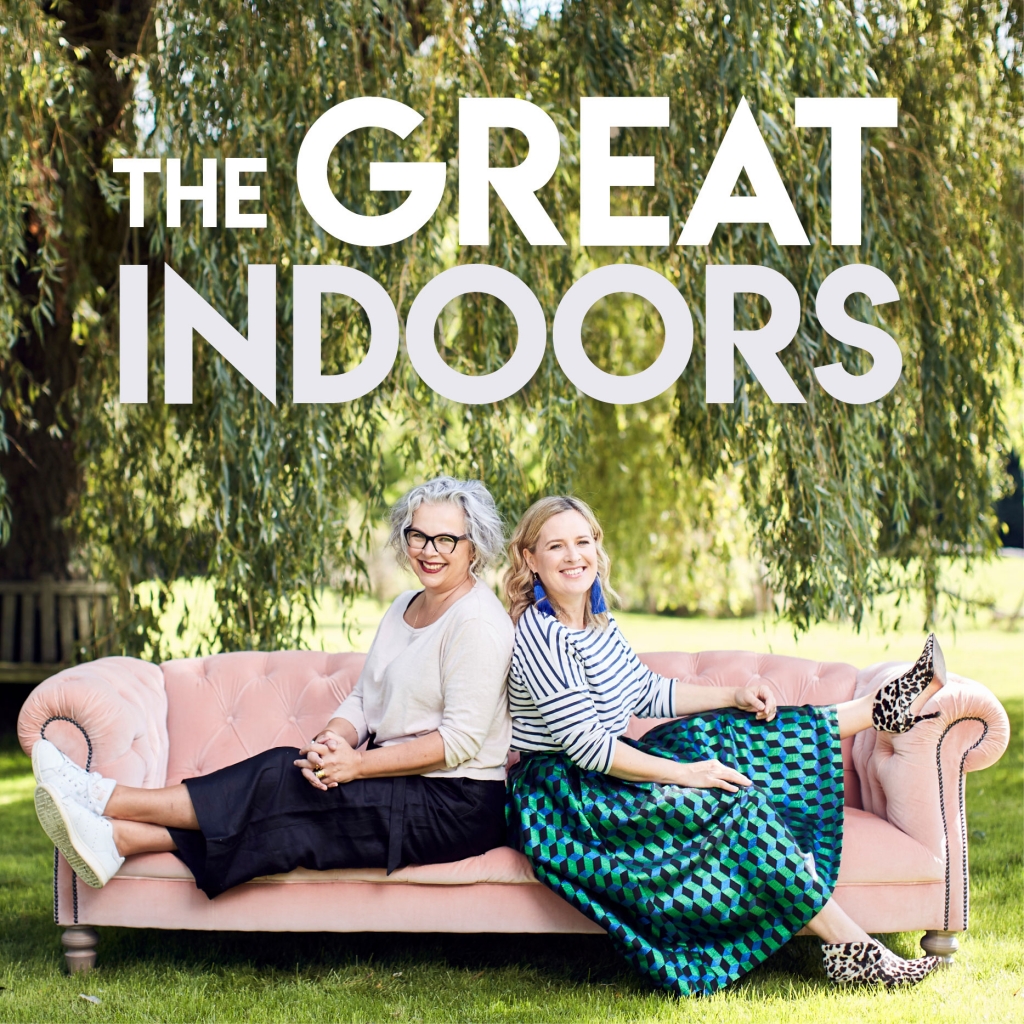
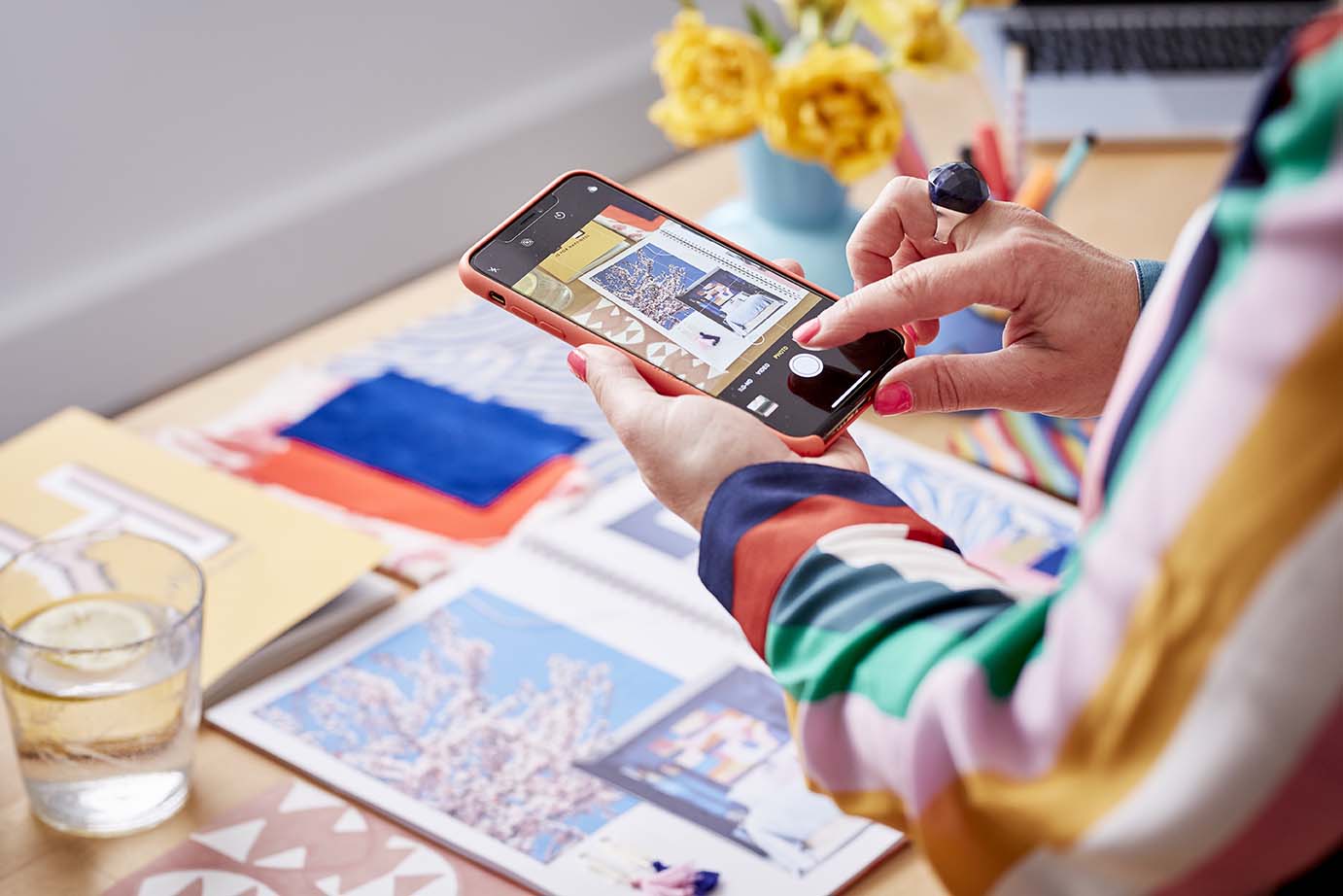



 proof that your landing de
proof that your landing de



